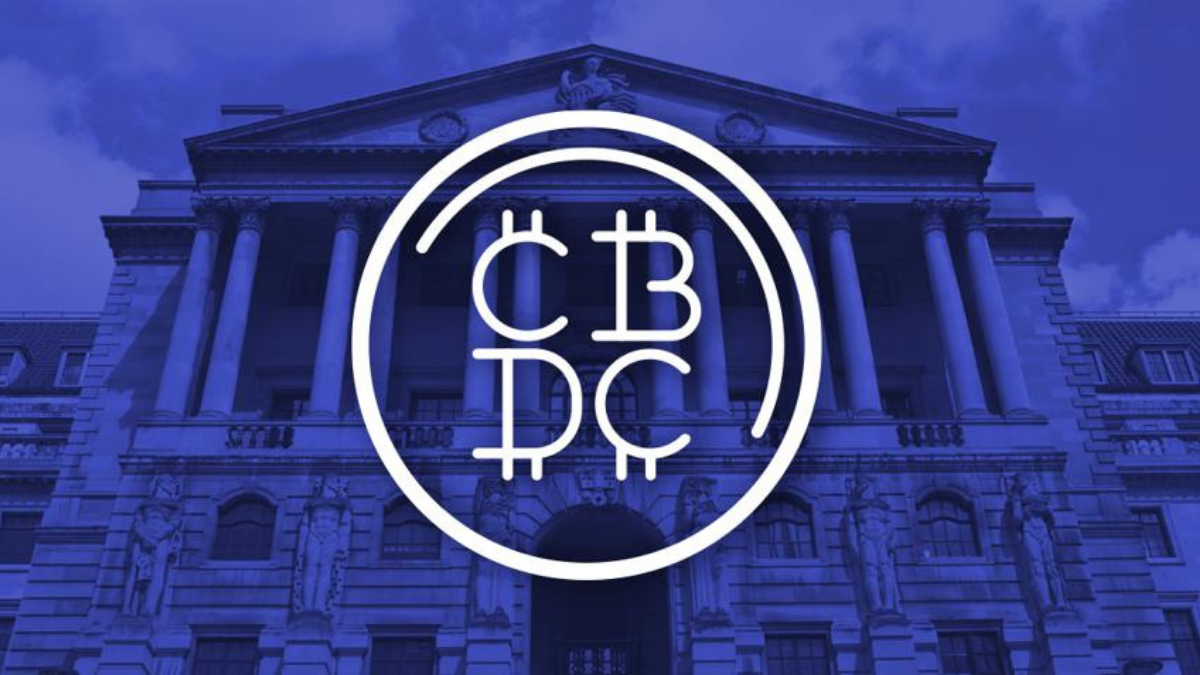For a century now, as part of their public policy objectives, Central banks have been providing trusted money to the public. Trusted cash is a public good. It offers a standard unit of account, store of value, and medium of exchange to settle the financial transaction and sell goods and services. Providing cash for public use is a vital role of Central Banks.
Central Bank’s core responsibility is providing cash to the public and for the public good. The Central Bank will continue to commit to contributing as long as there is public demand for banknotes. A Central Bank Digital Currency (CBDC) supports a unique and more resilient home payment system providing complementary central bank money to the public. It might also offer golden opportunities not possible with banknotes while supporting the revolution. To diversify and consummate their public policy objectives in a digital world, central banks actively research the pros and cons, contributing to a digital currency to the general public.
WHAT IS CENTRAL BANK DIGITAL CURRENCY (CBDC)?

Image Source- https://www.etoro.com/
Central Bank money is in digital form that is different from balances in settlement accounts or traditional reserves. The recent international exploration into Central Bank money’s future is complex as it is interrelated with two equally dynamic entities: Digital currencies and Blockchain technology.
A blockchain-based token represents the digital form of a fiat currency of a particular nation or region. CBDC is issued and regulated by the qualified monetary authority of the country as CBDC is centralized. No country hasn’t officially launched any such money. Still, several governments are looking into the feasibility of issuing and creating CBDCs. Bitcoin is a decentralized cryptocurrency, whereas a CBDC is centralized and regulated by a country’s monetary authority.
The limelight on CBDC is undeniable, and we believe it is here to stay. The development in the financial ecosystem, including significant shifts in the payment industry, helps in the upsurge in scrutiny. Ensuring that each CBDC unit will act as a secure digital instrument equitable to banknotes and, therefore, payment mode, a store of value, and an official unit of accounts can be used. Each CBDC unit will be distinguishable to prevent resemblance, like for banknotes with a unique serial number. The central bank’s money supply will be a part of it. It will be working alongside other forms of regulated money, like bills, coins, bonds, and notes. The main aim of CBDC being is to bring in the best of both worlds- the security and convenience of digital forms like cryptocurrencies and the reserved backed banknotes of the traditional banking system. The particular central bank or other qualified monetary authority of the country will be entirely liable for its operations.
CBDC’s general purpose is to require an underlying system to provide and distribute it conveniently to the public. This system would comprise the central bank, operators, banks, and participating payment service providers. A broader ecosystem supporting the system could then include companies providing and maintaining applications, data service providers, and providers of point of sale devices to initiate and accept payments.
TYPES OF CBDC
CBDC for Wholesale Payments
CBDC for wholesale payment would offer leading cases made available only to clearinghouses and commercial banks for utilization in the wholesale interbank market, consisting of amplifying efficiency in domestic or international interbank payments. CBDC for wholesale payment would offer leading cases made available only to clearinghouses and commercial banks for use in the wholesale interbank market, consisting of amplifying efficiency in domestic or international interbank payments. Payments to be conducted in central bank’s money across various platforms, conveying faith that token-based platforms can offer settling conditions similar to prevailing platforms. Today, some countries’ processes can be uneconomical and entail costs, time, and counterparty risks to banks.
CBDC tokens help overcome network complications and control access and assist in merging trading and payment processes. CBDC also contributes as a financial instrument for transfer and payments. If financial instruments were available in a tokenized format, CBDC would allow an end-to-end settlement in tokens. This end-to-end settlement in tokens would take the form of token-for-token exchange on token-based financial market’s economic-development to conduct prompt delivery versus payment transactions.
CBDC for Retail Payments
CBDC for retail would offer leading cases made primarily available to the public, with the ability to increase financial inclusion potentially or serve as a strategic alternative to physical cash in economies where cash dwindles. CBDC can do the settlement between the point of sale and digital transactions online. In a digital environment, the central bank’s money would help the non-bank public in making payments. The decline in cash use has prompted some central banks to consider allocating a retail CBDC to give the public continued admission to central bank money if cash no longer readily available or vanishes absolutely.
Retail CBDC relates to serving as a strategic alternative to physical cash or potentially increasing financial inclusion in economies where cash dwindles. CBDC can act as an alternative for banknotes and a substitute to traditional bank deposits. One of the functions of CBDC is that it would rely on the existing payment infrastructure to a large extent. Therefore, the need to integrate it with core banking arises to allow payment at the time of sale without installing a new payment infrastructure.
Financial inclusion is a strong case of CBDC and largely depends on banking services like lending that central banks are unlikely to offer. The utilization of mobile services will play an essential role for the central bank in issuing CBDC directly to the public. Therefore, the need for partnership to install the infrastructure required with mobile phone operator would arise.
Central banks from various countries comprehend the ability of CBDC in the form of digital currency and their potential in the banking sector with the ability to improve Know-Your-Customer(KYC) functionalities and improve overseas payment infrastructure to suppress unlawful practices. In regions with diminishing banknotes utilization, CBDC for retail could be an essential counterweight to retail payment implementation developed by the private sector. To counterweight retail payment applications development, CBDC could do an indispensable part for the private sector.
Time To Act
The boost in CBDC from the past few months. From conceptual abstraction to an urgent question for the central banks around the world. Dependence on the bank and other financial institutions will shrink because of CBDC, which can also act as a medium that facilitates financial inclusion for the country’s non-bank population. Here, it becomes crucial for other countries to launch a proof of concept experiment to test and implement CBDC, which may or may not consist of blockchain technology.
CBDC is an innovative and exciting solution to the digital transformation happening around the world. By approaching it with an imaginative mindset while keeping focused on security and functions, central banks can ensure its money will remain significant. Thus, participants in the banking sector should analyze potential implications, benefit from their development, anticipate possible failures, and figure out which role will help maximize the value of the digital currency.
SoluLab is one of the top 3 blockchain developers in the world. Reach out to us today for your project’s free consultation.





